2,3,5-Trichloropyridine
- CAS NO.:16063-70-0
- Empirical Formula: C5H2Cl3N
- Molecular Weight: 182.44
- MDL number: MFCD00043007
- EINECS: 407-270-2
- SAFETY DATA SHEET (SDS)
- Update Date: 2025-09-25 17:15:13

What is 2,3,5-Trichloropyridine?
Chemical properties
Beige powder
The Uses of 2,3,5-Trichloropyridine
2,3,5-Trichloropyridine may be used in the synthesis of 3,5-dichloro-2-arylpyridines via palladium acetate-catalyzed ligand-free Suzuki reaction with arylboronic acids.
General Description
Separation and migration behavior of 2,3,5-trichloropyridine has been studied by micellar electrokinetic chromatography. Crystal structure of 2,3,5-trichloropyridine has been reported. Mol-ecules of 2,3,5-trichloropyridine in crystal are stacked along the short a axis and forms a layer structure. 2,3,5-Trichloropyridine is reported to undergo nucleophilic displacement reaction in ionic liquid to afford the corresponding 2-aryloxylpropionate.
Properties of 2,3,5-Trichloropyridine
| Melting point: | 46-50 °C (lit.) |
| Boiling point: | 219 °C (lit.) |
| Density | 1.539±0.06 g/cm3(Predicted) |
| Flash point: | >230 °F |
| storage temp. | under inert gas (nitrogen or Argon) at 2-8°C |
| form | Solid |
| pka | -2.92±0.10(Predicted) |
| color | Off-white to pale yellow |
| Water Solubility | Slightly soluble in water. |
| BRN | 119384 |
| InChI | InChI=1S/C5H2Cl3N/c6-3-1-4(7)5(8)9-2-3/h1-2H |
| CAS DataBase Reference | 16063-70-0(CAS DataBase Reference) |
Safety information for 2,3,5-Trichloropyridine
| Signal word | Danger |
| Pictogram(s) |
 Corrosion Corrosives GHS05  Skull and Crossbones Acute Toxicity GHS06 |
| GHS Hazard Statements |
H301:Acute toxicity,oral H317:Sensitisation, Skin H318:Serious eye damage/eye irritation H412:Hazardous to the aquatic environment, long-term hazard |
| Precautionary Statement Codes |
P261:Avoid breathing dust/fume/gas/mist/vapours/spray. P273:Avoid release to the environment. P280:Wear protective gloves/protective clothing/eye protection/face protection. P301+P310:IF SWALLOWED: Immediately call a POISON CENTER or doctor/physician. P302+P352:IF ON SKIN: wash with plenty of soap and water. P305+P351+P338:IF IN EYES: Rinse cautiously with water for several minutes. Remove contact lenses, if present and easy to do. Continuerinsing. |
Computed Descriptors for 2,3,5-Trichloropyridine
| InChIKey | CNLIIAKAAMFCJG-UHFFFAOYSA-N |
| SMILES | C1(Cl)=NC=C(Cl)C=C1Cl |
2,3,5-Trichloropyridine manufacturer
SAKEM LLP
1Y
Phone:+91-9676889998
Whatsapp: +91-9676889998
product: 2,3,5-Trichloropyridine 16063-70-0 98%
New Products
4,4-Difluoropiperidine hydrochloride tert-butyl 9-methoxy-3-azaspiro[5.5]undecane-3-carboxylate Indole Methyl Resin N-Isopropylurea N,N-Dicyclohexylcarbodiimide(DCC) MELDRUMS ACID 5-METHYLISOXAZOLE-4-CARBOXYLIC ACID Magnessium Bis glycinate Zinc ascorbate 1-bromo-2-butyne 2-acetamidophenol 9(10H)-anthracenone Erythrosin B, 4-Piperidinopiperidine 2-((4-morpholinophenylamino) (methylthio) methylene) malononitrile 2,4-dihydroxybenzaldehyde 3-(4-morpholinophenylamino)-5-amino-1H-pyrazole-4-carbonitrile Methyl 2-methylquinoline-6-carboxylate 2,6-dichloro-4-nitropyridine 4-Bromo-2-chlorobenzonitrile 2-(benzylamino)acetic acid hydrochloride 4-(tert-Butoxycarbonylamino)but- 2-ynoic acid 3,4-dihydro-2H-benzo[b][1,4]dioxepine 1-Phenyl-1-cycloprppanecarboxylicacidRelated products of tetrahydrofuran

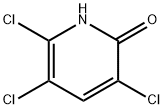



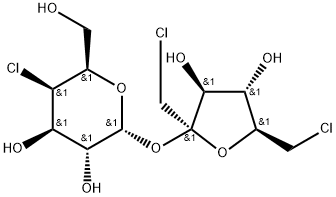

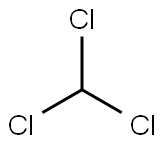
You may like
-
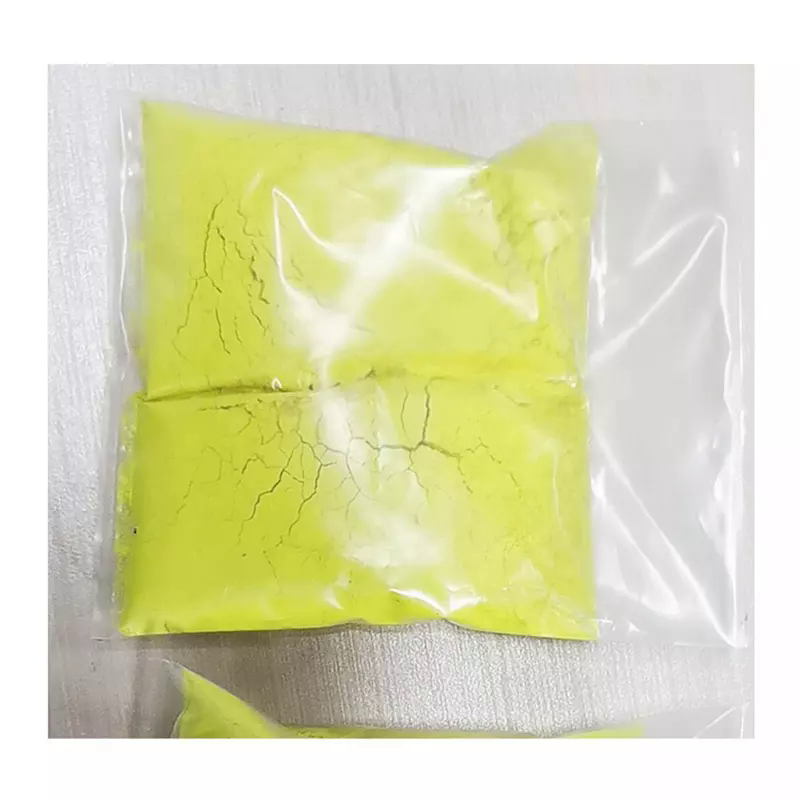 16063-70-0 2,3,5-Trichloropyridine 99%View Details
16063-70-0 2,3,5-Trichloropyridine 99%View Details
16063-70-0 -
 16063-70-0 99%View Details
16063-70-0 99%View Details
16063-70-0 -
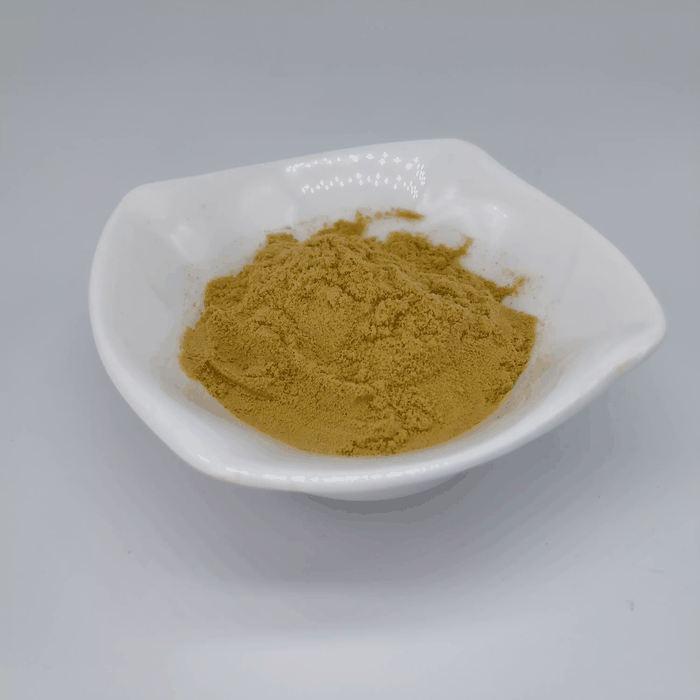 2,3,5-Trichloropyridine 99%View Details
2,3,5-Trichloropyridine 99%View Details
16063-70-0 -
 16063-70-0 98%View Details
16063-70-0 98%View Details
16063-70-0 -
 2,3,5-Trichloropyridine CAS 16063-70-0View Details
2,3,5-Trichloropyridine CAS 16063-70-0View Details
16063-70-0 -
 2,3,5-Trichloropyridine CAS 16063-70-0View Details
2,3,5-Trichloropyridine CAS 16063-70-0View Details
16063-70-0 -
 2 3 5 Trichloropyridine ChemicalView Details
2 3 5 Trichloropyridine ChemicalView Details
16063-70-0 -
 2,3,5-Trichloropyridine 16063-70-0 98%View Details
2,3,5-Trichloropyridine 16063-70-0 98%View Details
16063-70-0
Statement: All products displayed on this website are only used for non medical purposes such as industrial applications or scientific research, and cannot be used for clinical diagnosis or treatment of humans or animals. They are not medicinal or edible.
